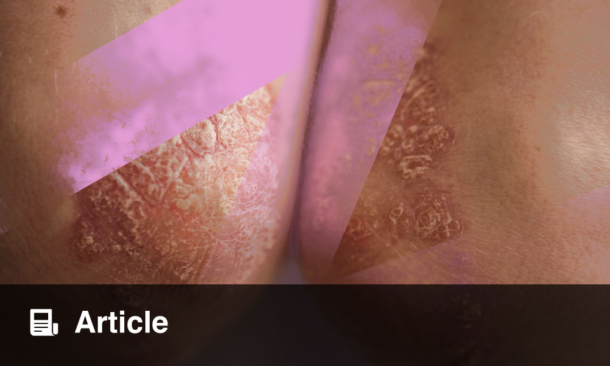A RECENT cohort study has demonstrated the promising potential of an autonomous total body photographic (TBP) and dermoscopic imaging device when compared with traditional manual methods. Involving 316 patients diagnosed with atypical mole syndrome, the study found that the autonomous device not only delivered images of superior quality but also did so more efficiently. Specifically, the autonomous system achieved an average image quality score of 9.84, surpassing the manual method, which scored 9.44. Both methods were assessed by two independent dermatologists, and the results revealed an impressive diagnostic classification agreement of 91.60%.
Conducted across two dermatology clinics in Spain between March and October 2023, this prospective study evaluated both imaging quality and time efficiency. The average age of the patients was 47 years, with a demographic skew towards women, who made up 66% of the cohort. The study highlighted that the new autonomous device performed consistently across different body sites and lesion types, with no notable discrepancies in image quality.
Time efficiency was another area where the autonomous device demonstrated a clear advantage. On average, it completed imaging in 570 seconds, compared with 606 seconds required for the manual method. Though the difference in time might appear modest, it can significantly streamline clinical workflows when scaled across a busy dermatology practice.
Most discrepancies in diagnostic agreement were observed in the classification of small benign lesions, suggesting that while the autonomous device is highly reliable, it may benefit from further refinement in detecting subtler skin changes. Nonetheless, the study strongly indicates that autonomous TBP and dermoscopic imaging could be a valuable tool in dermatological settings, especially in monitoring patients at high risk of melanoma.
The findings highlight the increasing viability of autonomous technologies in clinical practice. By maintaining high image quality while improving efficiency, this device could support dermatologists in managing workload and enhancing patient care, marking a significant step forward in medical imaging for skin cancer surveillance.
Reference
Rosés-Gibert P et al. Standard dermatoscope images vs an autonomous total body photography and dermoscopic imaging device. JAMA Dermatol. 2025;DOI:10.1001/jamadermatol.2025.0565.








